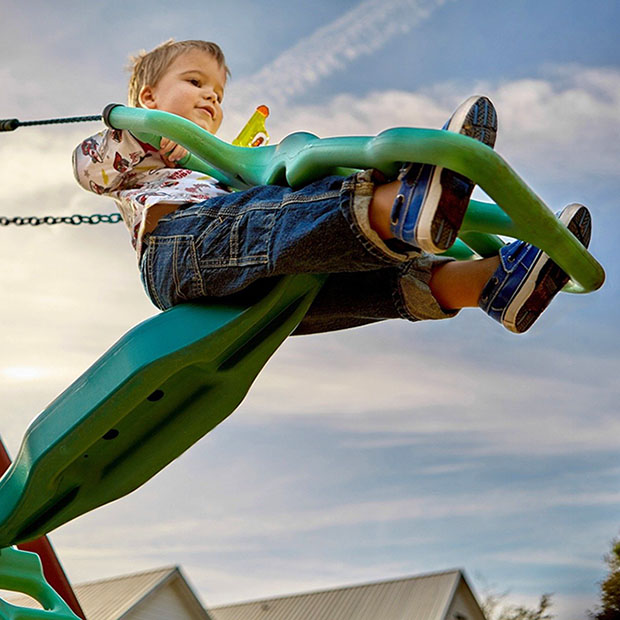Protecting Kids from Dental Injuries

Being a kid involves lots of scraped knees and bumps and bruises from running around and discovering the world.
Parents want their kids to enjoy everything childhood has to offer, but preferably while avoiding some of its downsides, such as preventable tooth injuries. What can we do to keep our kids’ teeth safe? Here are a few tips to follow.
Common Causes of Childhood Tooth Injuries
Whether our kids are playing in the backyard or at a playground with friends, there are a few simple ways we can keep their teeth safe. First, it’s important to know the common causes of tooth injuries.
Babies and toddlers receive the most tooth injuries in the bathtub, because it’s very easy for them to fall in a wet, slippery porcelain environment. We can minimize the risk by keeping a close eye on them when they’re in the tub.
Anything meant to be thrown, like a ball or frisbee, is a likely culprit of tooth injuries. Make sure to talk to your kids about safety, particularly how important it is not to aim for each other’s heads.
Another common cause of tooth injuries is playground equipment like monkey bars, jungle gyms, and even swings. Talk to your children about being careful around this equipment. Falling on their faces could be enough to knock out a tooth.
Make a Plan in Advance
Accidents sometimes happen no matter how careful we are, and that’s why making a plan for what to do in the event of a sudden tooth injury is so important. The first step to any emergency plan is not to panic. Assess the situation. If the injured tooth is an adult tooth or a baby tooth that wasn’t loose, try to put it back in place (or store it in cold milk if you can’t) and get to the dentist right away. Make sure you know the location of the dentist’s office!
It isn’t always possible to reattach a tooth, but fast action like this will give it its best chance. The goal with a knocked-out tooth is to keep the root alive until you reach the dentist. Make sure you don’t touch the root or attempt to clean it, and don’t store it in water or on ice, because any of those things will kill it, and it will be impossible to replant.
If the injury doesn’t only involve teeth, the child may need to go to the emergency room before the dentist. Many hospitals have dentists on staff who can help with dental injuries in a larger medical emergency.
Another Way to Protect Teeth: Keep Them Healthy
A great way to help protect our kids’ teeth from injury is to keep them healthy and strong by teaching great oral hygiene habits. Kids should learn to brush for two minutes twice a day and floss once a day, and we should make sure they have regular dental appointments. When teeth are healthy, they’re better at resisting injuries!
